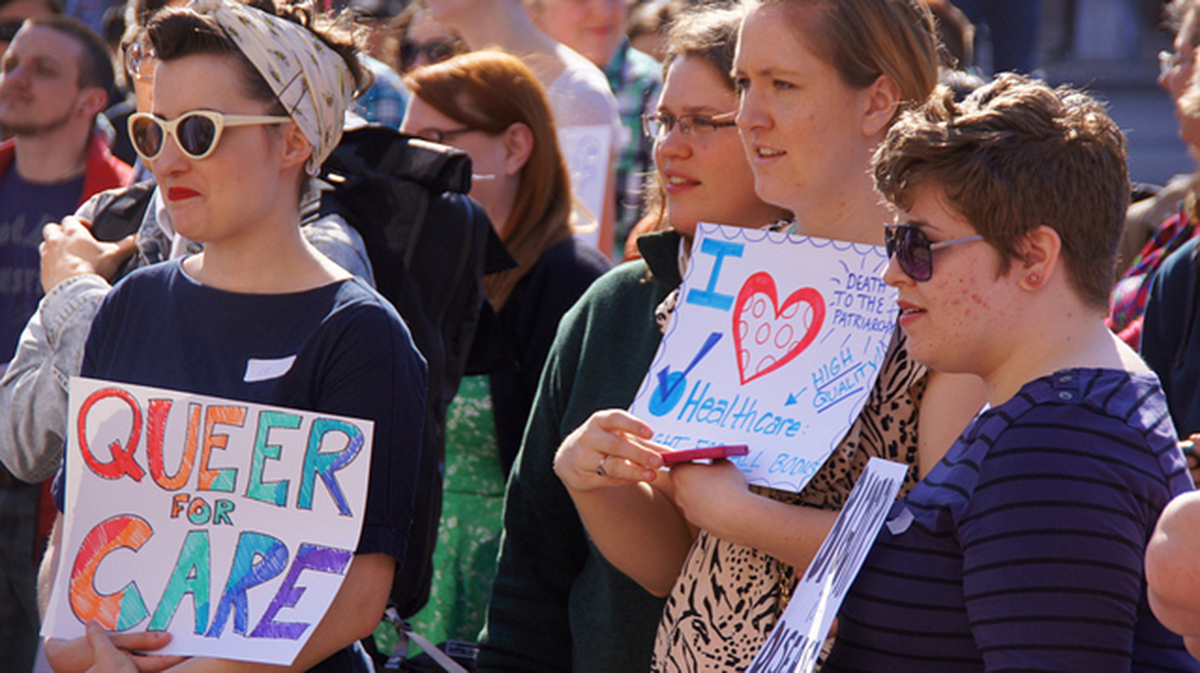Table of Contents
Actually, I think that’s already the wrong question. Framing it as “who’s Jack” gets you out of a lot of pitfalls besides losing some undesirable baggage. But Jack could be female-to-male transgender. Or going through a phase. Or a tomboy. Or a butch lesbian. Or a straight (or bi!) girl who prefers a butchy expression and appearance. Or non-binary trans. In the past she would probably have been offered reparative therapy to help her be more “like a girl” (it should have escaped no-one’s attention that Jack is “like a girl,” whether “she” is one or not).

My point here is that we shouldn’t allow acceptance of binary trans identities to reinforce the gender binary. It’s OK to be trans, but not because then at least you’re not gay, or a dyke, or some unfamiliar, problematic identity whose very existence is threatening to comfortable views of a (nonexistent) gender binary. The biggest danger in acceptance of binary trans identities is that trans people wind up being used to institutionalize and medicalize binary gender identity and gender expression — something gay people and lesbians, especially gay men, have been fighting against for centuries.
In the nineteenth century, the chosen solution for homosexuality stopped being judicial murder or the casting out of the Evil One. In its place was instituted a medical approach aimed at… well, pretty much aimed at casting out the Evil One, only this time the demon in question was “effeminacy.” Rock Hudson notwithstanding, gay men were treated as though they mainly suffered from too little manliness brought on by low testosterone. (I’ve always thought that was Clark Gable’s problem.) Hormone treatments and even electric shocks were used to “de-gay” gay men. One of the most famous examples of this is the story of the mathematician Alan Turing who was driven to insanity and eventually suicide by treatment intended to make him heterosexual. (If you’re wondering where gay women are in this story, they’re nowhere since they officially didn’t exist.)
READ Could My Child Be Transgender? Exploring The Signs And The Future
It needed to be fought in people’s lives, in legislatures, in literature, in the academy and in the medical books, not in hospital wards with injections of hormones to “cure” the problem. Those problems are still with us, along with sometimes sulfurous transphobia. And while the solution for individual trans people is frequently medical transition, it’s not going to work for us as a society to use that as a way not to see just how queer people are — and thereby, just how false are the structures that enforce gender-policed, binary identities.
If you think I've really nailed it or really blown it, want more information or have something to add, get in touch in the comments section below.
- Photo courtesy of Rose Morelli: www.flickr.com/photos/rosemorelli/16256074718/
- Photo courtesy of tedeytan: www.flickr.com/photos/taedc/8604814536/


Your thoughts on this